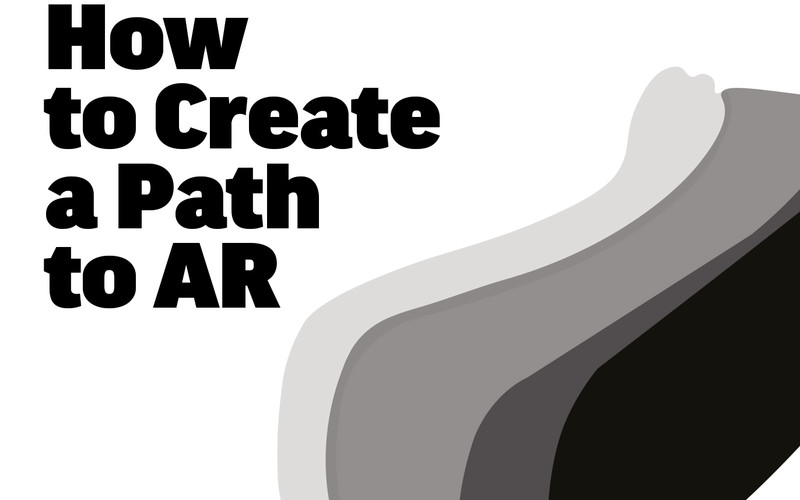Exciting Changes Across the Federal Government
Across the federal government, agencies already use existing commercial technology to bring AR to life in a range of emerging use cases. In 2016, for example, NASA used HTC Vive to help build an accurate simulation of the International Space Station.
Schmid envisions using AR to facilitate private medical or psychological conferences from a distance. It might enable Earth-based family members to “visit” astronauts in space and could open up new experiences for VIPs and the general public.
“It’s a new form of human exploration where you can be in two places at the same time, even in a place that’s very extreme and remote,” he says.
The U.S. Army, no stranger to extreme locations, recently gave a big vote of confidence to augmented reality. It approved a task order with Microsoft for continued development of an AR goggle based on the company’s commercial HoloLens, as part of what is expected to be a $22 billion program.
“We must modernize the Army, and this requires transformational change,” says Gen. James C. McConville, chief of staff of the Army. “Augmented reality is going to fundamentally change the way our soldiers operate on the battlefield.”
In early demonstrations of AR, the Army had users drop points on a virtual map to help them track their pathways and simultaneously communicate with other team members. The Army also enabled users to build virtual maps to model complex terrain.


















